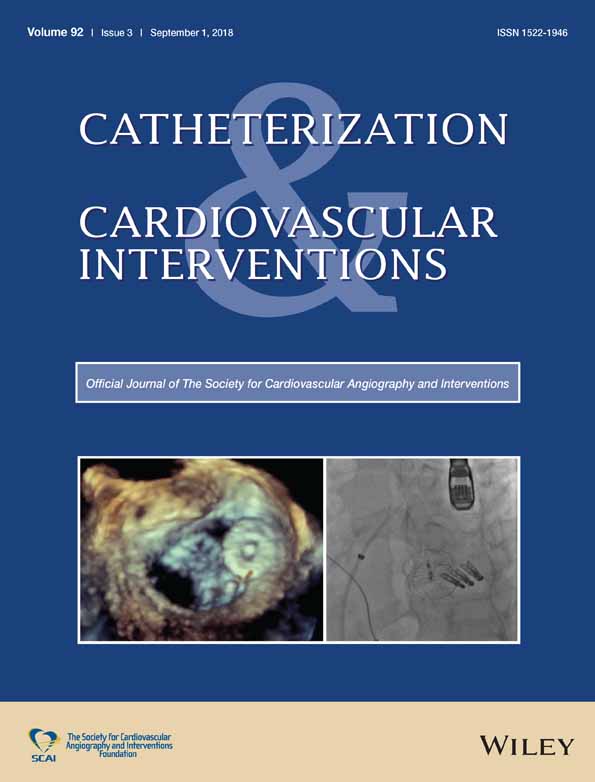First in human evaluation of the vascular biocompatibility and biomechanical performance of a novel ultra high molecular weight amorphous PLLA bioresorbable scaffold in the absence of anti-proliferative drugs: Two-year imaging results in humans
Funding information: This study was funded by Amaranth Medical, Inc.; Mountain View, CA.
Abstract
Objectives
In this first-in-human study, we prospectively studied the vascular compatibility and mechanical performance of a novel bare ultra-high molecular weight amorphous PLLA bioresorbable scaffold (BRS, FORTITUDE®, Amaranth Medical, Mountain View, California) up to two years after implantation using multimodality imaging techniques.
Background
The vascular biocompatibility of polymers used in BRS has not been fully characterized in the absence of anti-proliferative drugs.
Methods
A total of 10 patients undergoing single scaffold implantation were included in the final analysis and were followed up using optical coherence tomography (OCT) at 2-years. All devices were implanted under angiographic and intravascular ultrasound (IVUS) guidance. Angiographic and IVUS follow up was performed at 6 months. Additionally, angiography and OCT imaging were performed at 2-years.
Results
At 6 months, mean intra-scaffold angiographic MLD slightly decreased from baseline procedural values. However, at 2 years, mean angiographic MLD increased (post procedure; 2.9 [2.7, 3.1] mm vs. 6 months; 2.1 [1.6, 2.5] vs. 2 years; 2.4 [2.1, 2.6], P = .001). Also, angiographic percent diameter stenosis decreased and late lumen gain increased between 6 months and 2 years follow up. Mean neointimal hyperplasia volume assessed by IVUS at 6 months was 26% [15.2, 29.3]. At 2 years OCT follow up neointimal hyperplasia volume was 24.2% [19.4, 28.9]. No presence of neoatherosclerosis was identified in any of the analyzed cases.
Conclusion
At 2 years, this novel PLLA-based BRS induced expansive vascular remodeling from 6 to 24 months, a biological phenomenon that appears to be independent of the presence of anti-proliferative drugs.
CONFLICT OF INTEREST
By the time the study was performed the authors Ramzipoor K, Estrada EA, Dokko D and Lee C were full time employees of Amaranth Medical, Inc; Mountain View, CA. Granada JF is a scientific advisor of Amaranth Medical, Inc. The authors Moncada M, Delgado JA, Colombo A and Gasior P do not have any conflict of interest.




